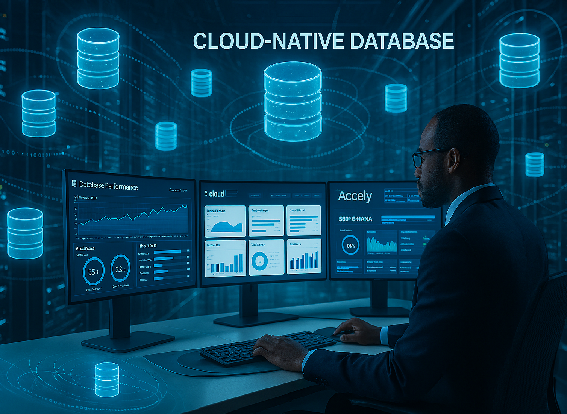Undetectable AI Content Solutions Transform Enterprise Database Documentation
Enterprise organizations are increasingly adopting sophisticated content generation systems to improve their database documentation and technical communication workflows. Many IT departments now rely on advanced undetectable AI platforms combined with the best humanize AI solutions to produce natural-sounding technical documentation, system specifications, and user manuals that blend seamlessly with human-authored content.
Database administrators and technical writers leverage undetectable AI solutions to scale their documentation efforts without compromising authenticity or accuracy in critical system documentation. The integration of these technologies has revolutionized how organizations approach technical content creation, enabling faster documentation cycles while preserving the authoritative voice that stakeholders expect from enterprise-level system documentation and procedural materials.
Performance Optimization Capabilities

Modern database management systems incorporate advanced query optimization engines that automatically analyze and improve SQL statement execution paths to minimize response times and resource consumption. Intelligent indexing algorithms monitor query patterns and automatically create or modify database indexes to accelerate frequently accessed data retrieval operations. Memory management systems dynamically allocate buffer pools and cache frequently accessed data pages to reduce disk input/output operations and improve overall system responsiveness.
Parallel processing capabilities enable databases to distribute complex queries across multiple processor cores, significantly reducing execution times for resource-intensive analytical operations. Automatic statistics gathering helps query optimizers make informed decisions about the most efficient execution strategies based on current data distribution patterns and table sizes.
Scalability and High Availability Features
Enterprise database systems provide horizontal and vertical scaling options that allow organizations to expand capacity as their data storage and processing requirements grow over time. Load balancing mechanisms distribute database connections and queries across multiple server instances to prevent performance bottlenecks and ensure consistent response times.
Automated failover systems detect hardware or software failures and seamlessly redirect operations to backup systems without interrupting user access or causing data loss.
Replication technologies maintain synchronized copies of critical data across geographically distributed locations, providing disaster recovery capabilities and reducing latency for users in different regions. Clustering solutions enable multiple database servers to work together as a single logical unit, providing redundancy and improved performance for mission-critical applications.
Security and Compliance Standards
Advanced authentication systems support multi-factor verification, role-based access controls, and integration with enterprise directory services to ensure that only authorized users can access sensitive database information. Encryption capabilities protect data both at rest and in transit, meeting regulatory requirements for industries handling confidential information. Audit logging tracks all database activities, including queries, modifications, and administrative actions, providing detailed records for compliance reporting and security investigations.
Data masking and anonymization features enable organizations to create realistic test datasets without exposing sensitive production information to development and testing environments. Regular security updates and vulnerability assessments help maintain protection against emerging threats and ensure compliance with evolving industry standards.
Integration and Interoperability Options
Modern database platforms offer extensive APIs and connectivity options that enable seamless integration with business applications, analytics tools, and third-party software systems. Standardized interfaces support various programming languages and development frameworks, simplifying application development and reducing integration complexity.
Real-time data streaming features enable applications to receive immediate notifications when database content changes, supporting event-driven architectures and real-time analytics applications. Web services integration allows databases to participate directly in service-oriented architectures and cloud-based application ecosystems.


